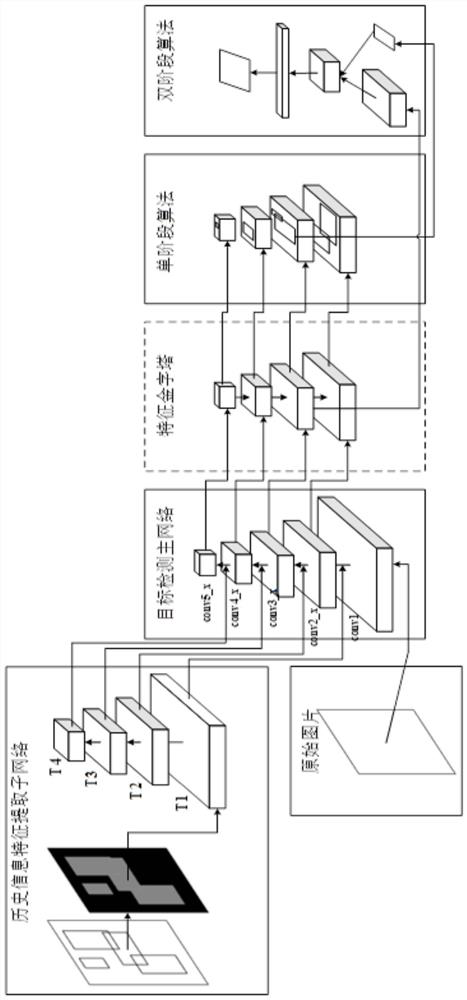Target detection method based on iterative design
A target detection and iterative design technology, applied in the field of target detection based on iterative design, can solve problems such as target deformation, mutual occlusion, detection accuracy and recall rate that cannot meet the requirements, and achieve simplified training steps, reduced difficulty, and enhanced detection accuracy The effect of robustness with
- Summary
- Abstract
- Description
- Claims
- Application Information
AI Technical Summary
Problems solved by technology
Method used
Image
Examples
Embodiment Construction
[0018] The present invention will be described in further detail below in conjunction with the accompanying drawings.
[0019] According to one or more embodiments, a target detection method based on iterative design is disclosed, such as figure 1 shown, including the following steps:
[0020] S1. Construct the main target detection network, including several residual blocks, and the output of each residual block corresponds to a feature map of a layer scale.
[0021] The structure of the target detection main network is shown in Table 1 below:
[0022] Consists of five residual blocks conv1, conv2_x, conv3_x, conv4_x, conv5_x;
[0023]
[0024] Table I
[0025] The first residual block: the size of the convolution kernel is 7x7, the number of convolution kernels is 64, and the size of the output feature map is 112x112;
[0026] The second residual block: first go through the maximum pooling layer of 3x3 size, and then go through three successively. The size of the conv...
PUM
 Login to View More
Login to View More Abstract
Description
Claims
Application Information
 Login to View More
Login to View More - R&D
- Intellectual Property
- Life Sciences
- Materials
- Tech Scout
- Unparalleled Data Quality
- Higher Quality Content
- 60% Fewer Hallucinations
Browse by: Latest US Patents, China's latest patents, Technical Efficacy Thesaurus, Application Domain, Technology Topic, Popular Technical Reports.
© 2025 PatSnap. All rights reserved.Legal|Privacy policy|Modern Slavery Act Transparency Statement|Sitemap|About US| Contact US: help@patsnap.com



